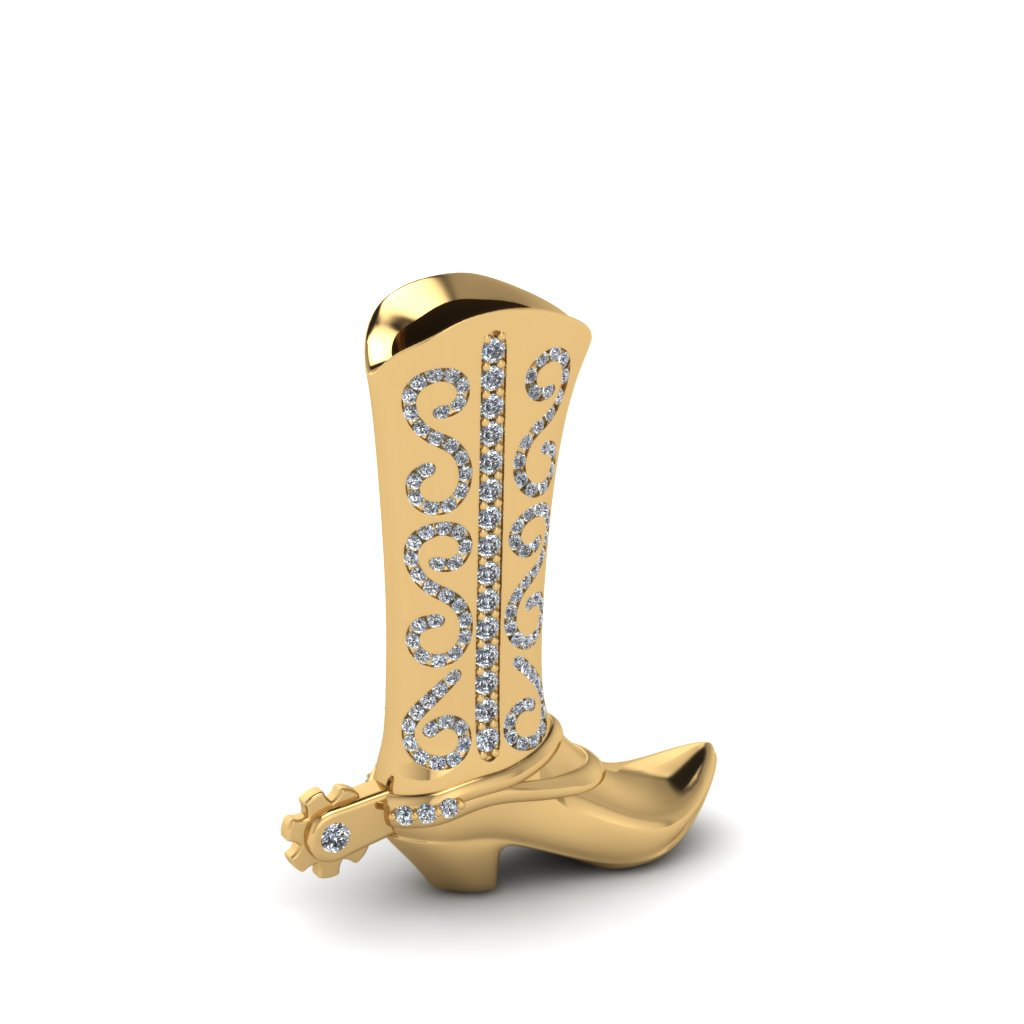The comments that Peter made in his last entry on the importance of research are well taken. This applies equally to both the mounting and to the center stone. I am still surprised that frequently during our initial meeting customers have little idea what they are hoping to create. This obviously throws the creative ball solidly into my court as far as design and although I am always game to move in what I feel is the appropriate direction, it is obviously helpful if there is some input at the outset. After all, our goal is to thrill the customer, not me. As Peter notes, a tour of the local jewelry stores really is a great place to start. Make it fun, commit a Saturday to inspiration and education (if you are lucky….). Include a stop for a special lunch – maybe a glass of wine….This exercise may also provide an opportunity to do some diamond research. If you do intend to look at diamonds here are a list of basic questions and recommendations that might help you elicit whatever information is available:
Ask if the diamond certified by an independent grading authority such as the Gemological Institute of America. If not by GIA then find out by which one. Bear in mind that not all grading authorities were created equal and that some companies even offer their own very convincingly packaged certificates claiming characteristics that have not been independently verified. .
Insist on getting the SPECIFIC color and clarity grades of the diamond? By this I mean do not settle for a range such as “GHI” or VS2 to SI2, or generalizations such as “all our diamonds are blue white”. If a range is offered and the stone is of interest then insist on specific grades for both color and clarity. Inform the store that it is your intention to have the diamond independently graded by a certified gemologist. Say that you will require written documentation detailing the specific color and clarity as a condition of purchase and check on their return policy if the diamond has been misrepresented in any way.
Ask if the diamond has fluorescence. Fluorescence is a fairly complex subject and it is a characteristic that is not always discussed (or visible) in jewelry stores. It may not be noticeable until seen under the correct fluorescent light. Generally speaking fluorescence in white stones is not considered desirable. In slightly off color stones, perhaps in the J/K color area, faint fluorescence may slightly minimize yellowness. Stronger fluorescence may make the diamond appear milky or cloudy in certain lighting conditions. Regardless, fluorescence should be reflected in the pricing of diamonds and should be disclosed.
Ask to see the diamond under a microscope. You do not have to know what you are looking for, but casually asking with confidence may change the demeanor and approach of a salesperson and make them more inclined to share important information. If the store does not offer a microscope for the use of clients that raises a red flag. To me that’s a little like asking someone to buy a house without going inside as all inclusions in diamonds that are given SI2 or better clarity grades by GIA require magnification to be visible.
If anywhere during their presentation the salesperson uses the expression “trust me” – RUN!
